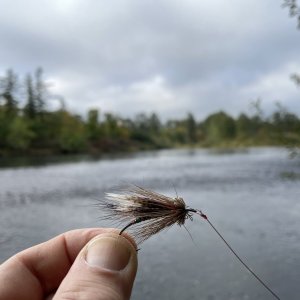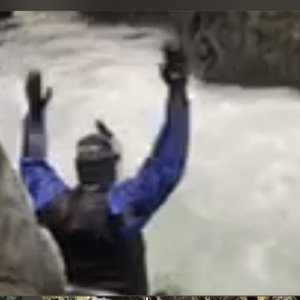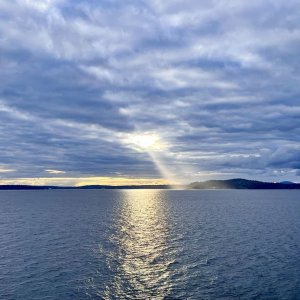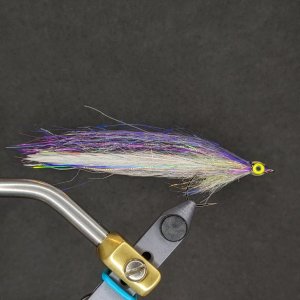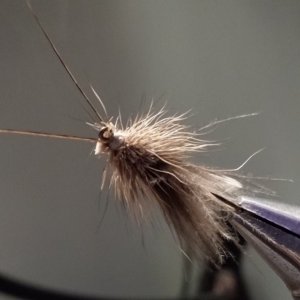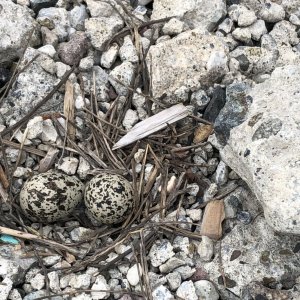Rob Allen
Life of the Party
I could add a couple creeks to the list of salmon occupying and spawning in them then vacating after a "passage" project. One seemed obvious as they replaced good gravel with essentially mud via their restoration. Now that's eroded years later and there's an outflow drop again. Thanks Grays harbor county, you killed that one. Literally.
I'm not advocating for not performing restoration projects but in many cases doing nothing is best. And if you do something you should make certain it's done right.
as far as I know it there is no science behind any of it.. It's just the assumption that fish passage is automatically good. I am all for it but put some thought into it.

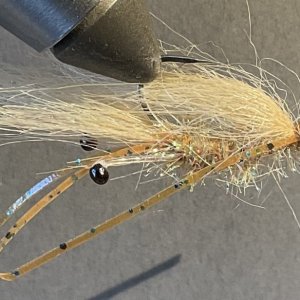
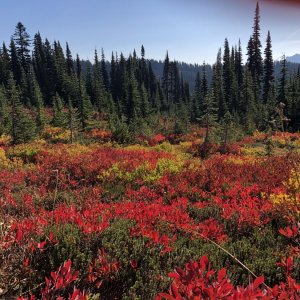
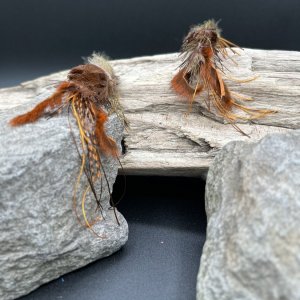
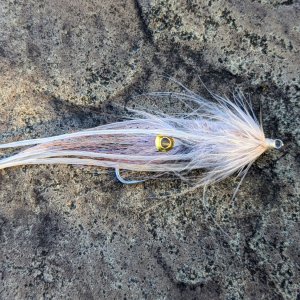
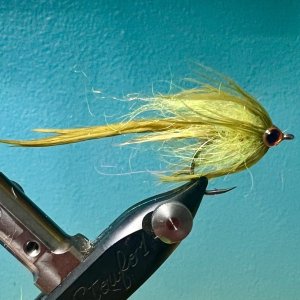
![IMG_E5702[1].JPG](/forum/data/xfmg/thumbnail/17/17937-8c92b128f23fdb69f4231e77db8b1e2a.jpg?1677596412)
